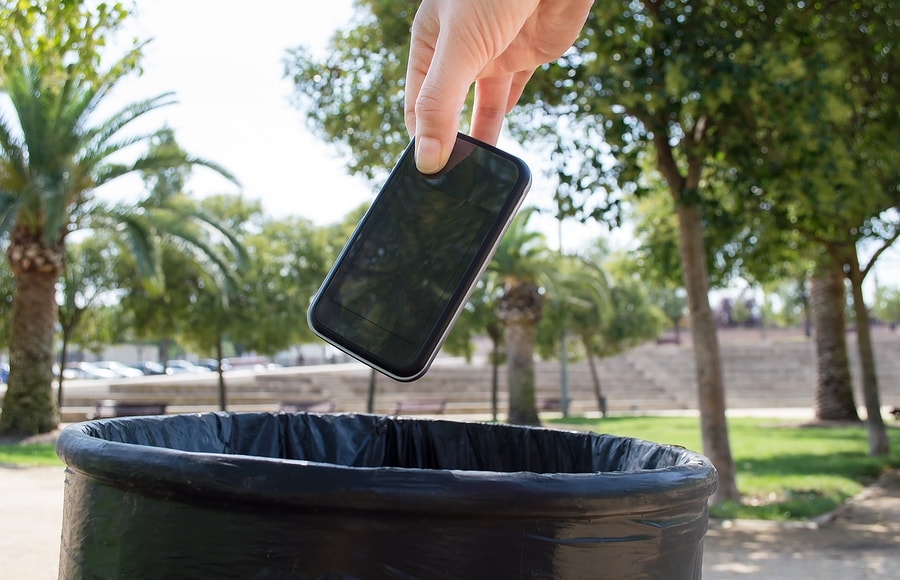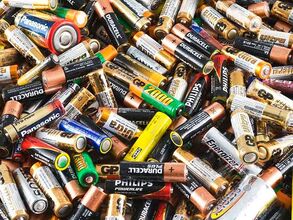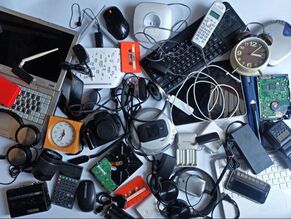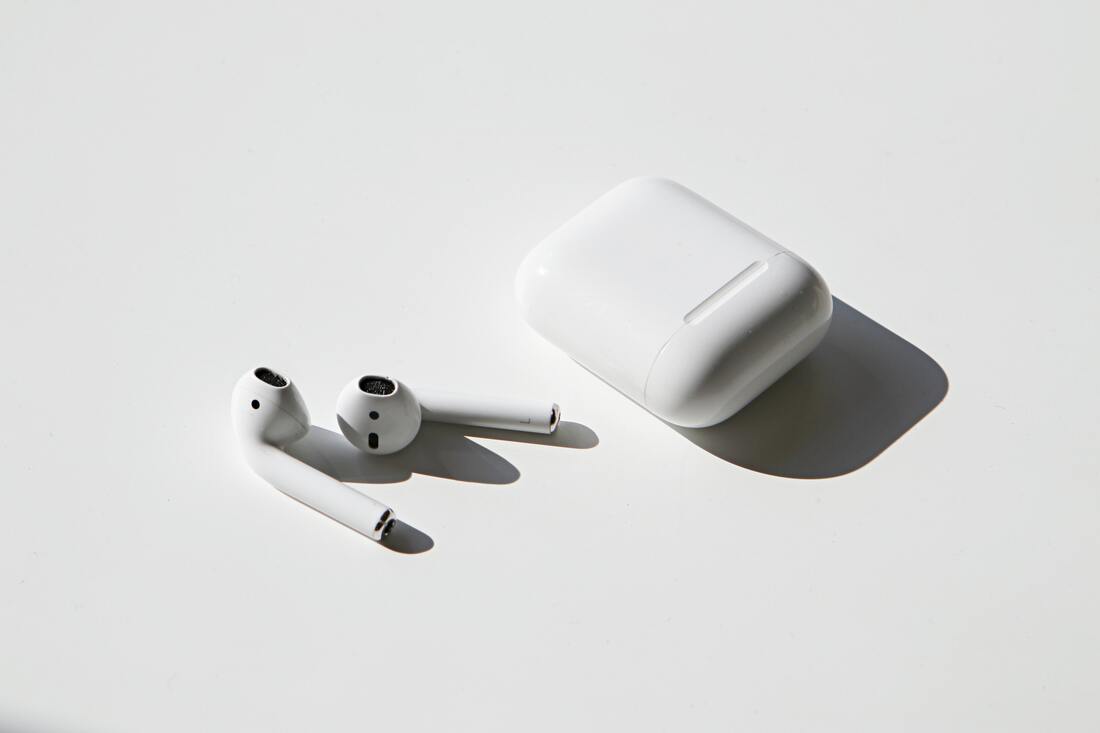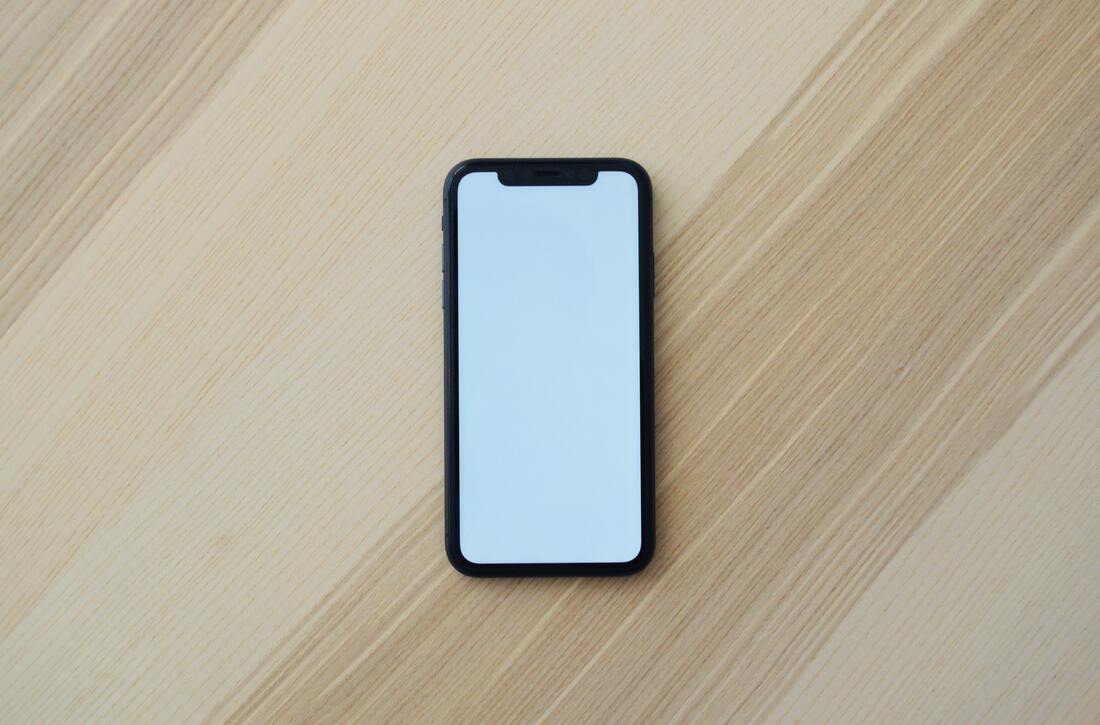Written by Joshua Lou, California, USA $ellPhone — An App to Sell, Donate, & Recycle Used Phones
Produced by Joshua Lou Tags:
E-waste is basically waste/trash related to electricity. If it’s powered by electricity (e.g. batteries, cable), it’s considered e-waste. Common e-waste in your household may include mobile phones, computers, refrigerators, etc. But why do we need to recycle e-waste? Many types of e-waste contain harmful substances that can pollute and/or contaminate the environment. Also, e-waste contains precious metals, such as gold and silver, that can be reused. What Types of E-waste are There? THERE IS A WAY
Written by Joshua Lou, California, USA Tags:
|
Categories
All
Post Time
September 2023
|


